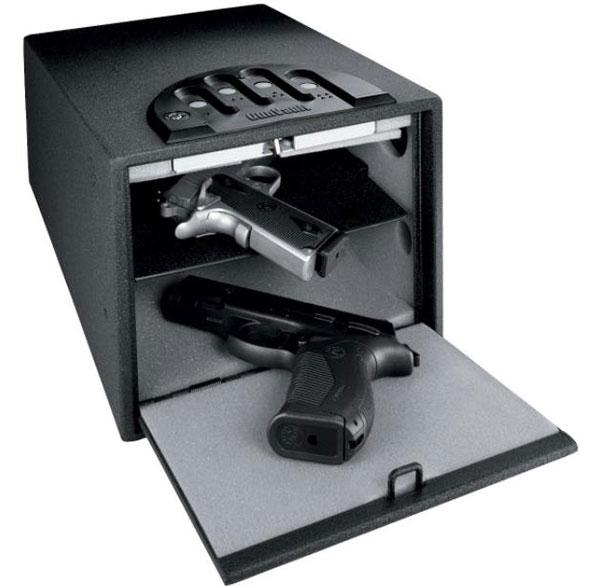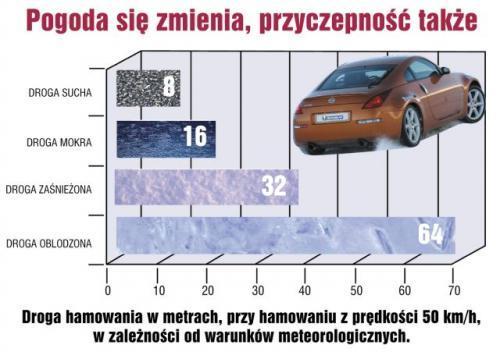
Security at your fingertips
 The average contact area of the tire with the road is equal to the area of the palm.
The average contact area of the tire with the road is equal to the area of the palm.
Still, the tires are expected to have good traction on a wide variety of road surfaces, winter and summer, on curves and on straight roads.

In winter, we encounter the greatest variety of road conditions: deep, fresh and loose snow, a hard layer of snow compacted by cars, fast-melting snow that forms slush, black ice formed under a layer of snow, black ice - freezing rain, wet surfaces, water of various types depth, dry surface with low temperature...
Each of the above situations requires completely different bus performance.
To meet these often conflicting requirements, the tire design, tread pattern and rubber compound are adapted to the operating conditions. In our climatic conditions, winter and summer tires are used, which guarantees drivers maximum comfort and, above all, safety.
You can't replicate the concept of all-season tires that guarantee year-round safety in most areas of France, Italy and Spain. There, a warm climate and extremely rare snowfalls make it possible to find a compromise in the development of universal tires.
The temperature limit for changing tires from summer to winter is 7°C. Below this temperature, the rubber compound of a summer tire begins to harden, which increases the braking distance to 6 meters. Therefore, it is necessary to take care that the car is ready for the winter season already in the second half of October, especially since during this period the temperature at night often drops below zero.
The advantage of winter tires is especially pronounced when the temperature drops and the rubber compound of summer tires becomes stiff. Then the summer tire slips and does not transmit power.
